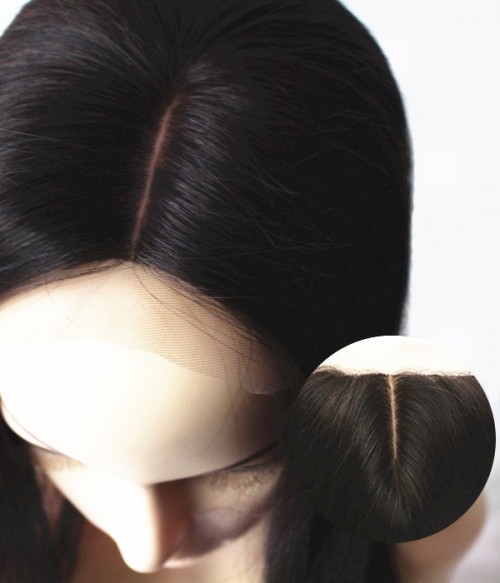Questions related to hair treatments during pregnancy are common. Most treatments involve chemicals and dyes which leave women wondering if they are safe.

Different Types of Hair Treatments Include:
- Coloring- This includes permanent, semi-permanent, and temporary dyes.
- Curling- Permanent waves are created by using two solutions on the hair. The first of these is a waving solution, and the second is a solution for neutralization/fixation.
- Bleaching- This treatment uses hydrogen peroxide.
- Relaxers- These are also known as perms. They contain either lye (sodium hydroxide) or no lye (potassium, lithium, or guanidine hydroxide) which are used to permanently straighten the hair.
Are Hair Dyes and Treatment Chemicals Safe While Pregnant?
Although fairly limited, most research indicates the chemicals found in both semi-permanent and permanent dyes are not highly toxic and are safe to use during pregnancy. In addition, only small amounts of hair dye may be absorbed by the skin, leaving little that would be able to reach the fetus.
As such, this small amount is not considered harmful to the fetus. The same is considered true while breastfeeding. Although no data is available on women receiving hair treatments while breastfeeding, it is known that little of the chemicals would actually be absorbed into the bloodstream. Therefore, the chance of them entering the milk and posing a risk to an infant would be unlikely.
However, if you are hesitant to use regular hair dyes during pregnancy, there are some safer alternatives to consider. For example, having highlights put in your hair decreases any risk as the dye is only placed on strands of your hair and does not touch the scalp.
Thus, the skin does not absorb the chemicals into the bloodstream. Another alternative is pure vegetable dyes including henna. If you are still concerned about using hair dyes during pregnancy, you may want to talk to your doctor. Some physicians recommend waiting at least until the second or third trimester, if not until after pregnancy, to dye your hair.
What Precautions Should I Take When Chemically Treating My Hair?
- Consider waiting until the second trimesterto treat your hair.
- Make sure the treatment is done in a well-ventilated area.
- Do not leave the chemicals on your hair any longer than indicated by the directions.
- Rinse your scalp thoroughly with water after treatment.
- Wear gloves when applying treatment.
- Carefully follow the directions on the package.
- Do a patch test for allergic reactions before completing the process.
- Never dye or bleach eyebrows or eyelashes. This could cause swelling or increase risk of infection in the eye area.
Another thing to keep in mind is the fact that pregnancy, in itself, can naturally change the hair’s texture. Pregnancy may also cause your hair to react differently to perming or coloring. If this is the case, you may want to wait until after pregnancy to treat your hair.
What if I Work as a Cosmetologist and Am Pregnant?
For cosmetologists, the risks during pregnancy come from the amount of exposure to hair treatment chemicals, which is affected by the number of hours worked, as well as, working conditions. One study indicates a greater risk for miscarriage in women who apply large numbers of bleaches and permanent hair dyes, work more than 40 hours per week, and/or work in salons that offer nail sculpturing services.
Proper working conditions, such as wearing protective gloves, not eating or drinking in the work area, and making sure your work area is well-ventilated are also important to limit exposure to hair treatment chemicals.
Overall, hair treatments are generally considered safe to use during pregnancy. However, you may also consider getting highlights or using pure vegetable dyes. Regardless, your safest option is to wait at least until after the first trimester, if not until after pregnancy.



